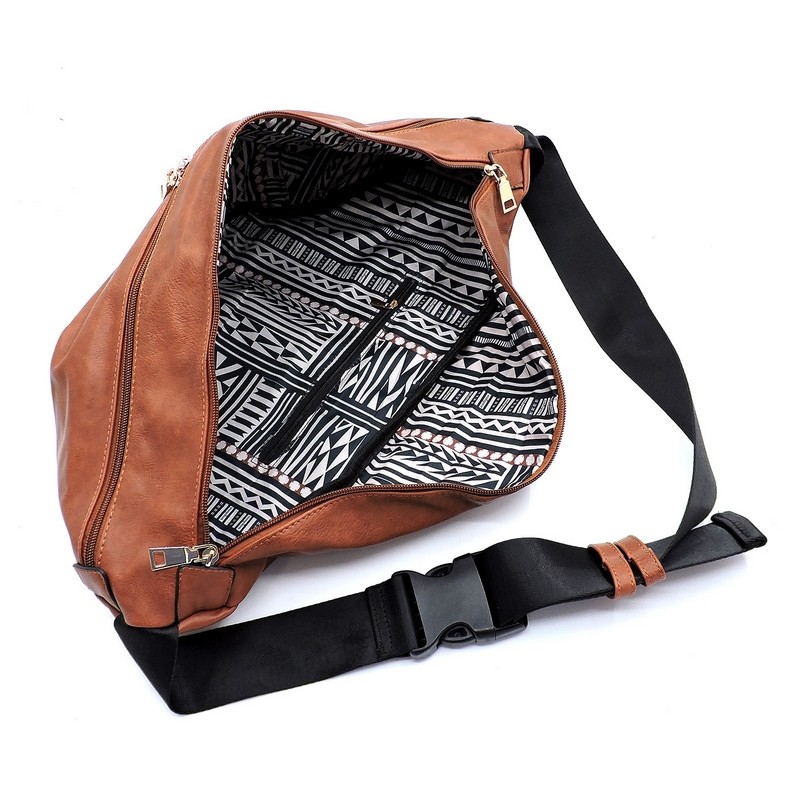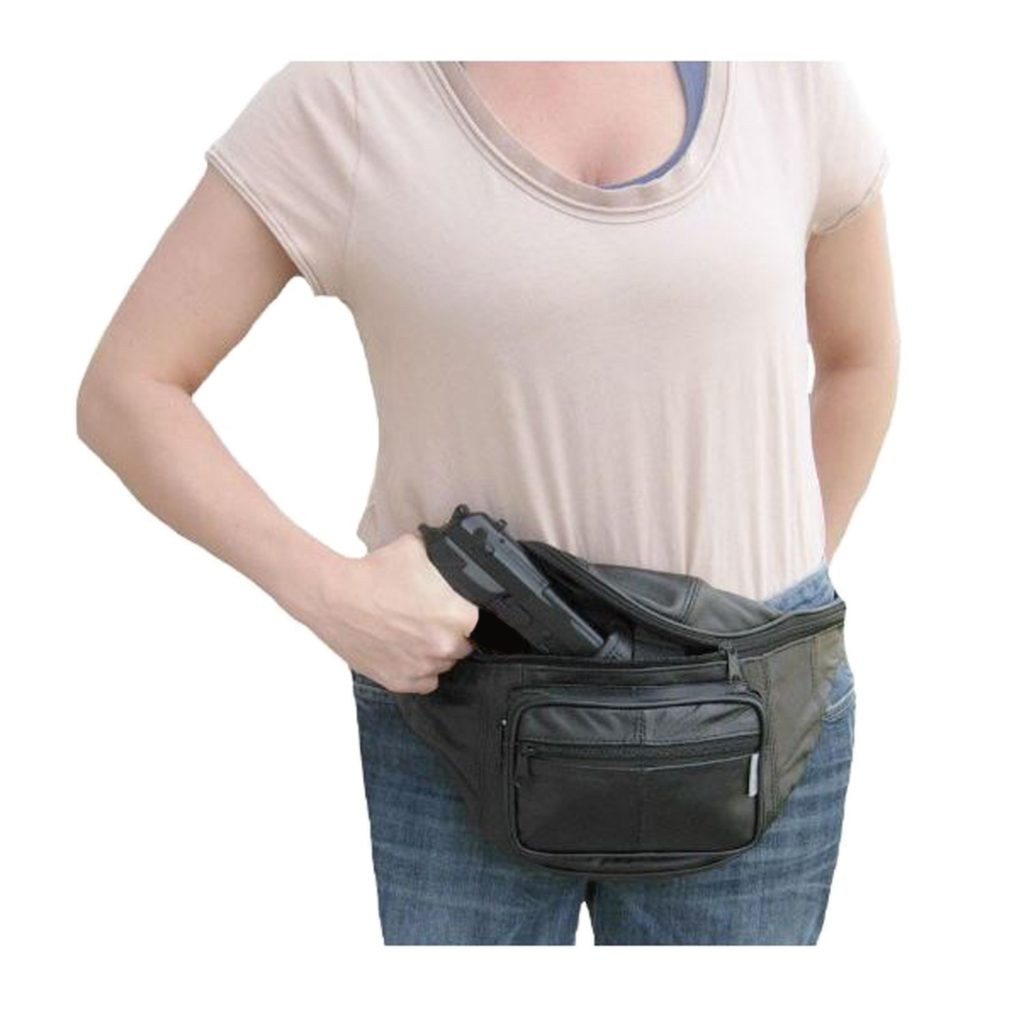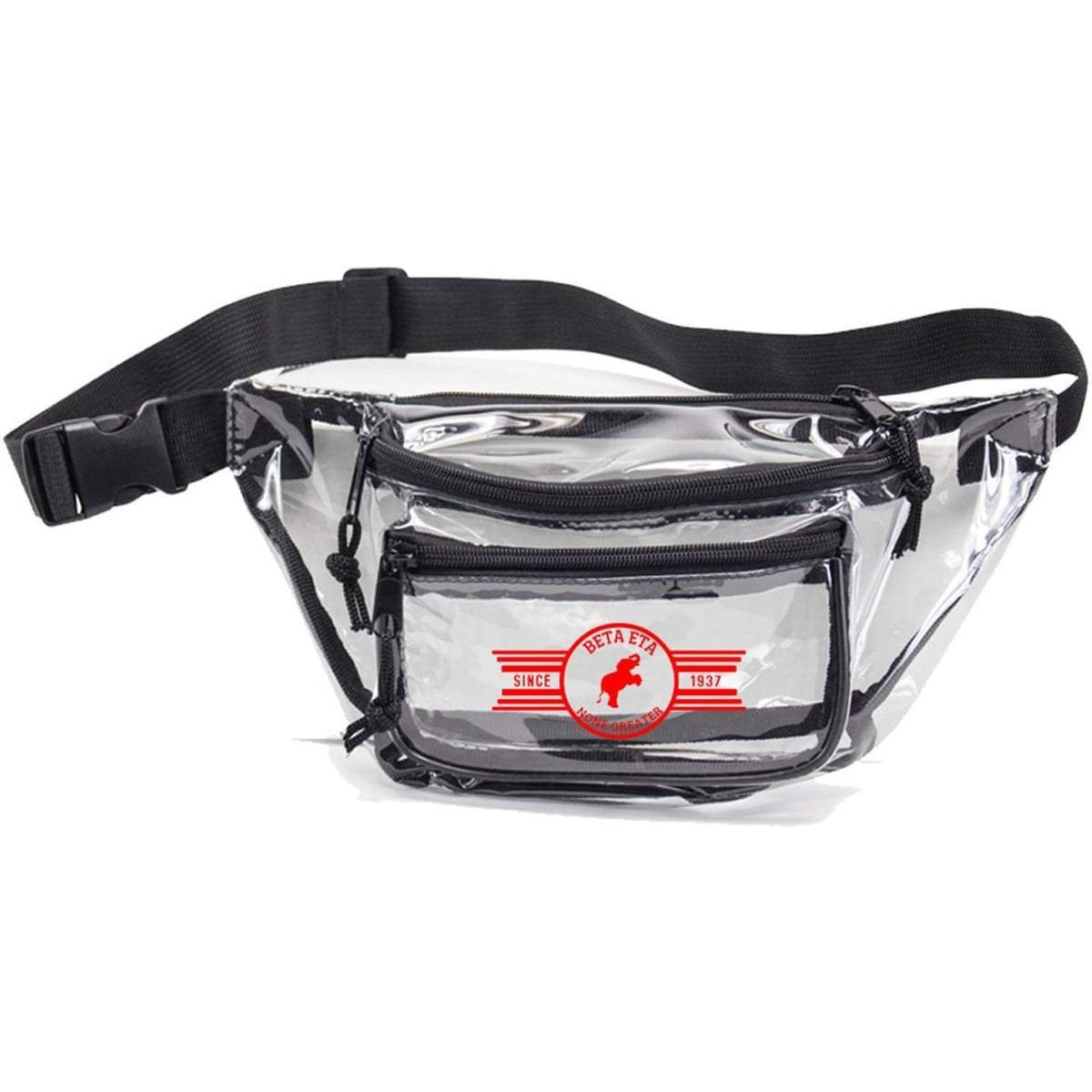

The weight of your child is then supported by your hips and strong leg muscles. Less strain on our neck, shoulders, and back: Hip seat carriers are designed to evenly distribute the weight of your child across your hips, abdomen, and pelvic area.


Tushbaby is easy to put up and down, offers storage for your things, and is lightweight and compact to take along for any adventure or errand. Hip seat carriers can be used from newborn and up to 3 years old. Here are some of the benefits of hip seat carriers. Hip seat carriers have different uses than traditional carriers, so one is not always better than the other. For the carrier, they may be better for your back and can be easier to use and more durable. In some cases, hip seat carriers are better than traditional carriers. Ultimately, baby hip seat carriers are safe for not only the baby but for the parent as well. The baby hip seat carrier keeps you upright, and if you already have pre-existing back pain, then a hip seat carrier is perfect to ensure that the weight of your child is not directly putting stress on your spine and/or back muscles. This causes strain and stress on the body including the spine. As the weight of the child gets heavier and heavier we often pop a hip to the side to leverage some of the weight. When someone is holding a child with either a different style of carrier or with no carrier at all, they tend to be top-heavy causing them to slouch over and put a strain on their lower back. Additionally, the baby hip seat carrier helps to keep you standing upright and keeps you less top-heavy. This helps reduce strain on your lower back, neck, arms, and shoulders. The baby hip seat carrier distributes the weight of your child evenly while absorbing a lot of weight too.
#Fanny pack near me how to#
Now that we have established that the materials are safe and how to properly use your hip seat carrier, it is important to discuss how the hip seat carrier is safe for the parent who is wearing it. By following these few operating safety instructions, you can ensure you are using your hip seat carrier correctly and safely.

Next, make sure the baby hip seat carrier is fastened securely to your body and that your child is flush against you as well. First, you want to make sure that your child is sitting upright and their neck and back are properly supported. Once your infant has neck muscles that are strong enough to move them from a newborn carrier to a hip seat carrier, there are a few additional safety measures you should take when your child is sitting in the carrier. Aside from addressing the safety of the materials used to construct the hip seat, we need to address how proper use of a baby hip seat carrier can help ensure the safety and comfort of your child. SGS testing is a world-leading testing and certification company.
#Fanny pack near me free#
Tushbaby hip seat baby carriers are free of harmful chemicals, approved by global safety standards, and verified through SGS testing. Yes, hip seats are safe for both babies and parents. Eachcarrier is designed differently and you should refer to the manufacturer’srecommended uses for the individual carrier brand, make, and model.Learn more about baby carriers here.What Are The Different Types of Baby Carriers? The carrier is an open carrier thatmakes transitioning between up and down easy for both you and your child. Other carriers strap in your child, however, a baby hip seat carrier isperfect for toddlers who are constantly wanting to go up into your arms anddown to walk or crawl around and up again. The baby hip seat carrier allows youto easily go from holding your baby to letting them down so they can run aroundfreely. The baby hip seat carrier allows youto comfortably hold your toddler on either side of your body while utilizingyour stronger waist, hip, and pelvic muscles to support the weight of yourchild rather than your arm (note: it evenly distributes the weight and absorbssome of it), shoulder, and neck muscles. A baby hip seatcarrier is specifically designed to help alleviate some of that weight fromcausing strain on your body and creating uncomfortable tension that can lead tobody aches, headaches, and minor injuries. It isnot as easy to hold your child as when they were a newborn. If youare carrying or holding your young one frequently and for long periods of time,their weight can put a strain on your back, shoulders, neck, and arms. As our children grow out of the newborn phaseand into the toddler phase, they can begin to grow and become heavier.


 0 kommentar(er)
0 kommentar(er)
